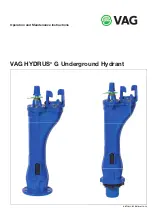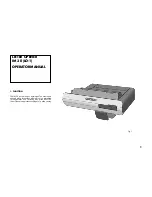
5. Maintenance, care and regulation of the instrument should be
conducted by professionals.
6. Connect the grounding terminal of the instrument with the ground by a
ground wire in a reliable way before any wiring.
7. As the testing equipment may produce HV, the testing personnel should
abide by the safety operation specification strictly to prevent others from
contacting high-voltage component and circuit. Personnel who are directly
engaged in testing must exactly understand the high-voltage test circuit as well
as key points for operation. People other than testing personnel must keep
away from HV testing area and the testing area should be clearly marked with
fence, rope or warning sign.
8. Adjustment and maintenance of the instrument should be conducted in
a no power-up state. Jf power-up is required, the operator must be familiar with
the high-voltage hazardous components of this instrument very well.
9. In case that the fuse is broken, replace it with another identical fuse.
Any fuses of different models or direct use in short circuit is forbidden.
10. In case that the instrument breaks down, turn the power off and check
it one minute later.
III. Testable parameters
The instrument can test the following parameters and display them in
figure:
Capacitance value of tested article CX is in pF or nF, 1nF=1,000pF.
Dielectric loss value of tested article tgδ is displayed with %.
IV. Performance features
1. The instrument adopts complex number current method to measure
capacitance, dielectric loss and other parameters. The measured result is
highly accurate and it is easy to realize automatic measurement.
7








































